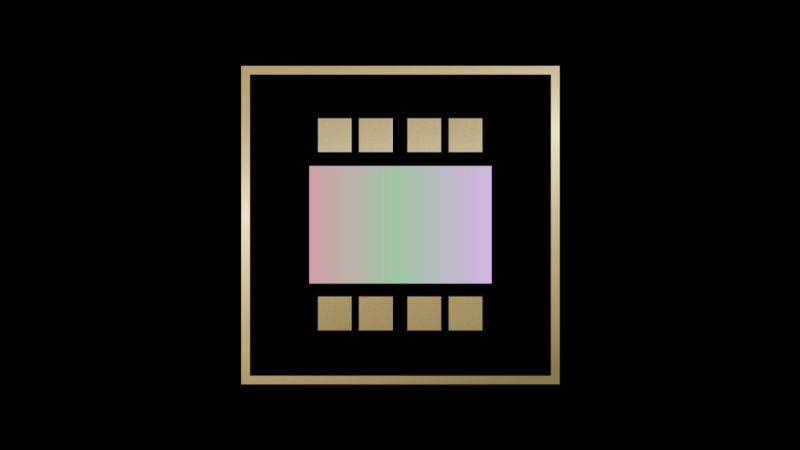While Nvidia is counting on Samsung to soon join the ranks of HBM3E suppliers for its needs, the South Korean company itself is rather conservative in assessing the market need for this type of memory. At least the production program for the next year has been reduced by almost 15% to 170,000 chips per month.

Image source: NVIDIA
This was reported by the Korean representative office of ZDNet, citing its own sources. According to them, Samsung Electronics not only conservatively estimates the market needs for HBM memory as a whole, but also intends to slow down the construction of new production lines. In the second half of last year, Samsung intended to increase monthly production volumes of HBM chips to 150,000 units by the end of this year, and increase them to 200,000 units by the end of 2025.
In the current half of the year, however, the situation has changed. Samsung’s HBM3E chips are being certified for compliance with Nvidia’s requirements more slowly than planned, so the manufacturer is assessing this client’s need for such chips more conservatively. In capacity terms, Samsung’s production plans as of the end of next year have been adjusted downward from 13 to 12 Gbit. Decisions on further expansion of HBM production capacity will be made only after mass deliveries of HBM3E for Nvidia’s needs begin. Now the latter receives such memory from SK hynix and Micron Technology, but the third market player, Samsung, still cannot certify its memory to the requirements of this customer.
The company expects to begin production of eight-layer HBM3E stacks in the third quarter, and in the second half of the year to begin production of 12-layer chips of this type. If the share of HBM3E in Samsung’s revenue from the sale of HBM memory as a whole in the third quarter did not exceed 10%, then by the end of the fourth quarter it should have grown to 60%.